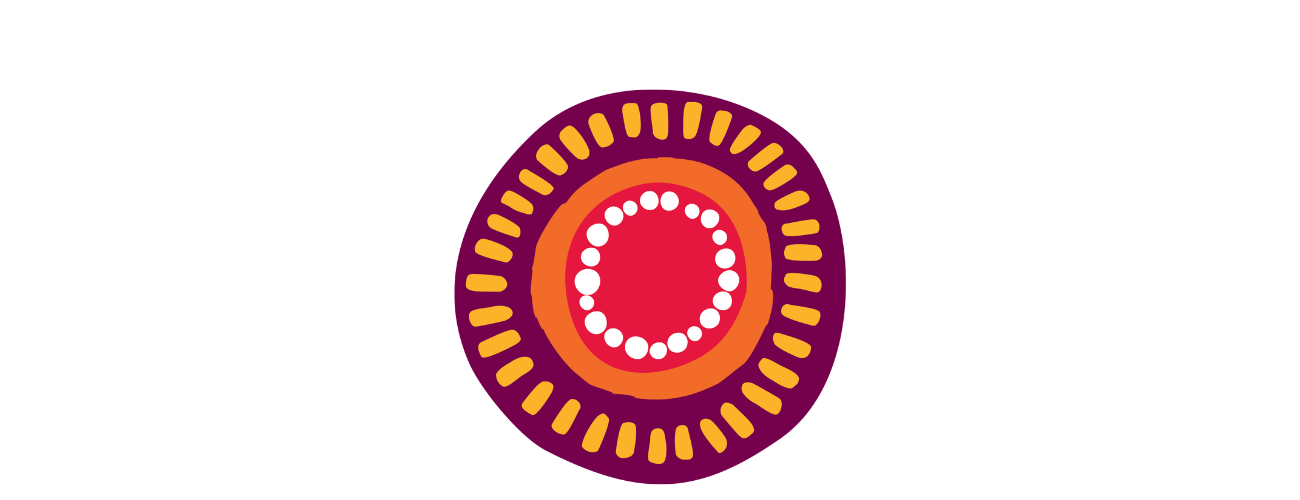Automatic language translation
Our website uses an automatic service to translate our content into different languages. These translations should be used as a guide only. See our Accessibility page for further information.
In NSW, Aboriginal women are more likely to experience domestic and family violence, and to be hospitalised because of family violence, than non-Aboriginal women (1). Violence against Aboriginal women and children is also not always reported, due to fear, shame, judgement or discrimination (2).
This has been caused by the impacts of systemic disadvantage and intergenerational trauma. Learn about how 'the Gap' was created.
Under the National Agreement on Closing the Gap, we are responsible for leading work towards the goal of reducing violence against women and children in NSW.
By 2031, we aim to reduce the rate of violence against Aboriginal women and children by 50%.

In 2024, there were 5,903 Police recorded domestic violence assaults against Aboriginal women and children. Of these:
This is an increase from 3,758 reported assaults in 2019, which means we are not on track towards our goal.
The National Closing the Gap target is to reduce the rate of violence, but in NSW we measure progress based on the number of reported assaults.
The national target is based on the rates to 2018/2019, when the targets were first set.
There is no agreed way to measure progress. In NSW, we use crime data to measure our progress. We are working on measuring experiences of violence to give us a better picture of what we need to do.
There are many factors that contribute to family violence experienced by Aboriginal women and children. We need to take a whole of society approach to reducing violence and increase safety for families and communities.
As part of our work under the National Agreement on Closing the Gap, we are developing the first NSW Aboriginal Domestic, Family and Sexual Violence Plan in partnership with the Aboriginal Legal Service. This will guide our work to make sure Aboriginal self-determination is prioritised and Aboriginal peoples’ voices informs our approaches. The plan will be released in late 2025.
The Aboriginal Community Safety Grants help communities by funding programs that aim to reduce domestic violence. This is part of our Primary Prevention work to stop violence before it starts.
The grants were awarded to Aboriginal organisations who run Aboriginal-led services. Their work is based in Aboriginal culture and supports women, children, victim survivors, Elders, men, boys and people who use violence.
Primary prevention means stopping violence before it starts. It means we need a service system and society that is focused on reducing the root causes of violence and preventing risks that can progress to violence.
The NSW Primary Prevention Plan is a plan to stop violence for all communities in NSW. It shows that government needs to work together with organisations and communities to make real change. It also shows that we need to work with Aboriginal people, organisations and communities and use Aboriginal approaches to stop violence before it starts. This plan guides all of the work we do to prevent violence.
My Journey, My Life is designed for young Aboriginal men to address violence within relationships. My Journey, My Life (Yinnar) is a similar program designed for young Aboriginal women. They are culturally based programs developed by Aboriginal and non-Aboriginal staff.
In the program, Elders and respected community members support young people to develop new relationships with each other and their community. The program focusses on healthy and unhealthy relationships, being a proud young Aboriginal person, the impact of violence, and techniques aimed to reduce violence.
The Aboriginal Community and Police Joint Response to DFV is a model to improve how Police respond to reports of domestic violence. It was collaboratively designed with Gurehlgam Corporation, the Aboriginal community in Grafton, DCJ and the Coffs-Clarence Police District. It combines Aboriginal community supports and Police services to give the community tailored support for domestic violence.
Four Aboriginal Child and Family Centres and the Tamworth Aboriginal Medical Service now have Aboriginal Family Wellbeing and Violence Prevention staff.
These twelve new Aboriginal workers are trained in family violence support. They are working in Brewarrina, Lightning Ridge, Gunnedah, Mt Druitt and Tamworth.
These new teams help prevent violence, support people experiencing violence, and support healing and recovery. Their services are available for individuals and families impacted by violence, including people who use violence.
The Aboriginal Domestic and Family Violence Court Support Program supports Aboriginal people going through a family violence matter in the Moree or Gunnedah Local Court.
Aboriginal people using violence, experiencing violence, and their families can use the service. It provides holistic and culturally responsive supports which address the underlying causes of violence, to help healing and recovery. You can register for the service online.
The Aboriginal Family Violence Healing Model is a framework that will be delivered in an Aboriginal Community Controlled organisation to support Aboriginal families experiencing family violence, including people using violence.
The framework allows local care co-designed by an Aboriginal organisation to support families who want to remain in contact as a family but want the violence to end. The model is based around Aboriginal culture, values, and healing approaches. It uses trauma-informed support to increase safety, accountability and healing for all members of the family.
1. AIHW (2025). Family, domestic and sexual violence: Aboriginal and Torres Strait Islander people.
2a. ABS (2023). Personal Safety Survey – Partner Violence.
2b. Willis, M. (2011) Non-disclosure of violence in Australian Indigenous communities.
Read about the work we're doing to support improve outcomes in other areas.
Last updated: